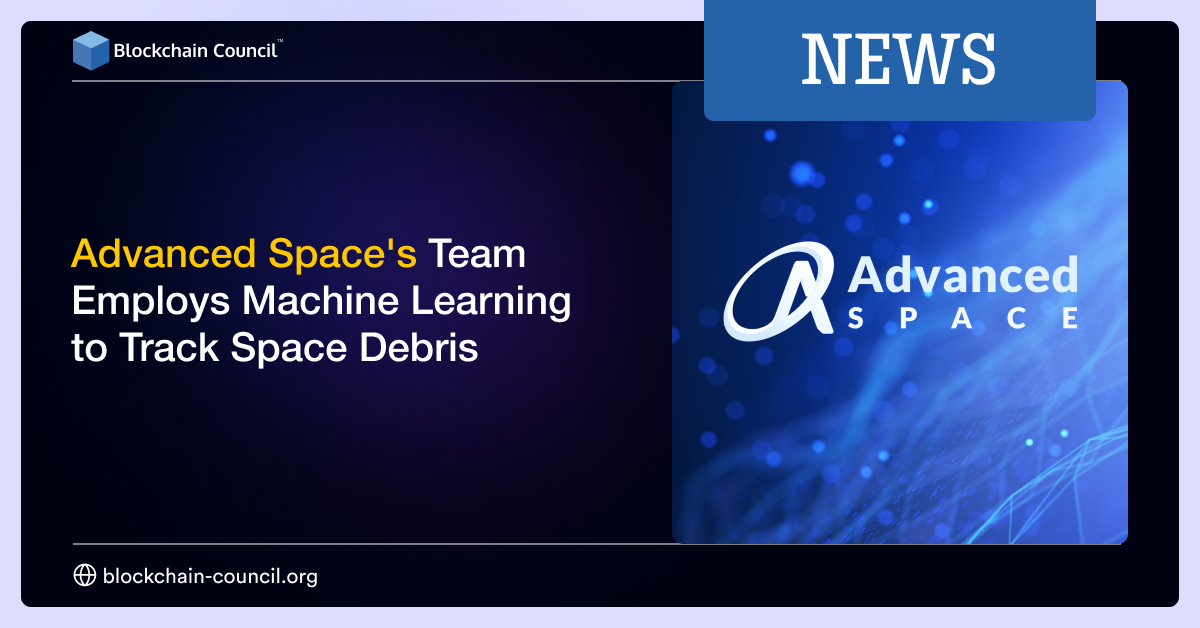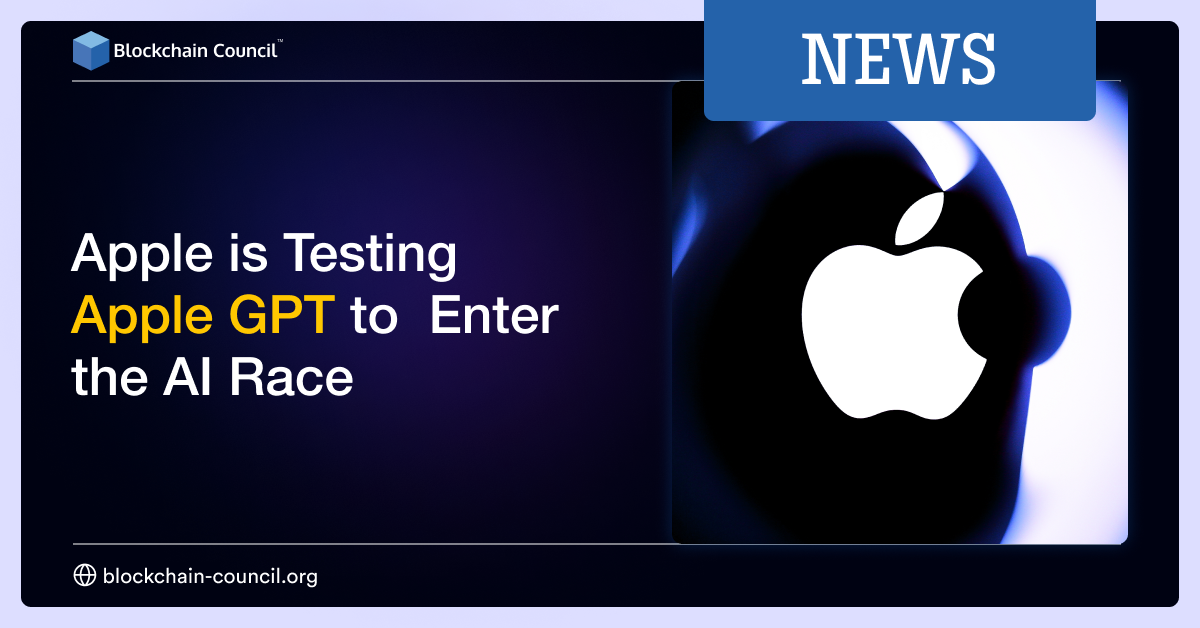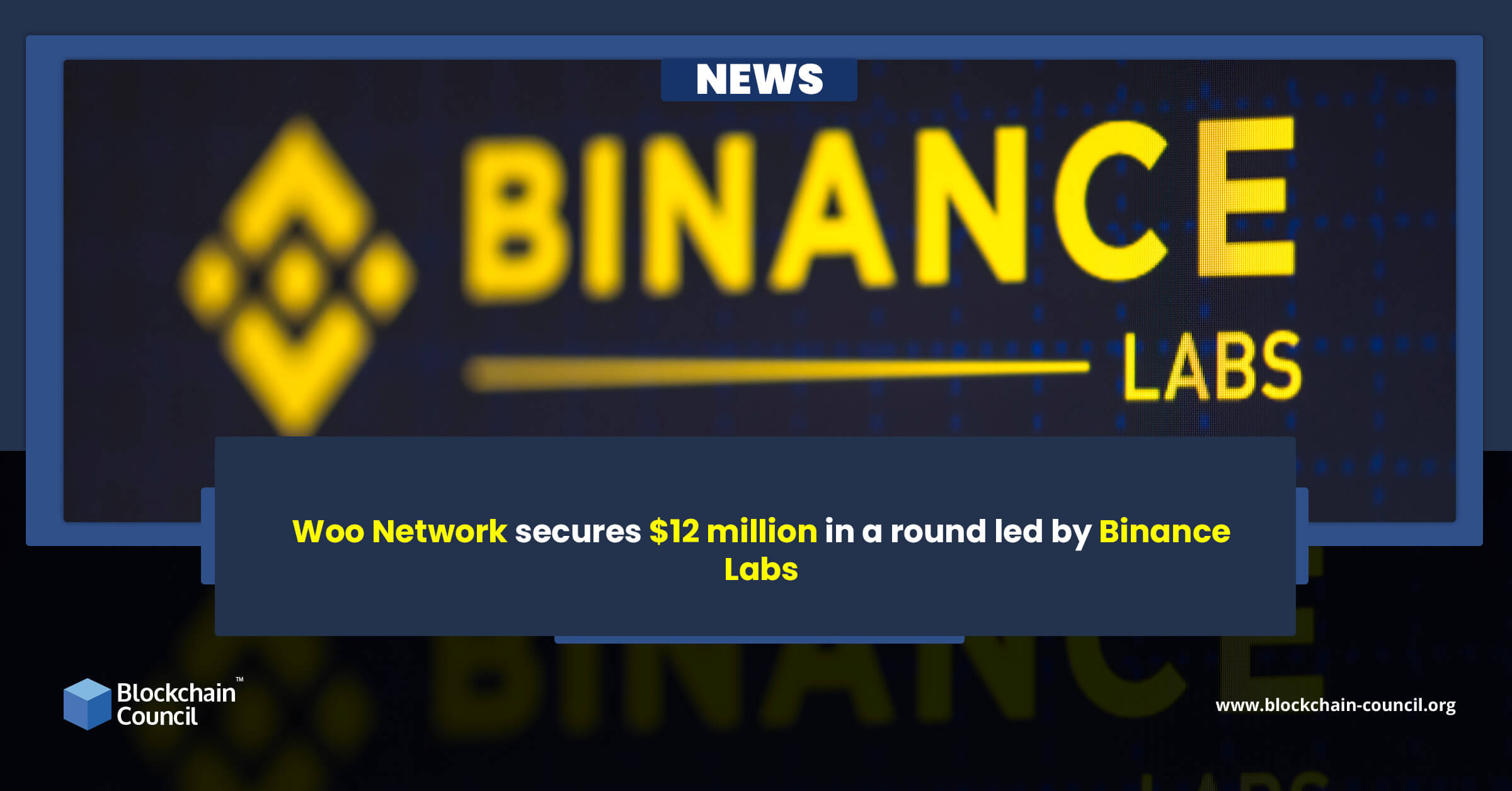
- Blockchain Council
- April 10, 2024
To address the escalating hazard of space debris, Advanced Space and its consortium of partners are embarking on an ambitious mission, leveraging cutting-edge machine learning techniques to identify and track these elusive fragments. This groundbreaking endeavor, named the Space Debris Identification and Tracking (SINTRA) program, falls under the aegis of the Intelligence Advanced Research Projects Activity (IARPA), the research arm of the Office of the Director of National Intelligence.
Just launched: SINTRA aims to revolutionize our nation's ability to detect, track, and characterize miniature orbital space debris. Learn more and read the press release: https://t.co/044B0aFJLr pic.twitter.com/C1YjLk8jk5
— IARPA (@IARPAnews) August 2, 2023
Alexis Truitt, manager of the SINTRA program, underscored the importance of this initiative. She emphasized, “Discovering new ways to understand the millions of man-made debris objects orbiting the Earth, especially since they are ever-increasing in number, has never been more critical to everyday life.”
While current government technologies are adept at tracking debris larger than 10 centimeters in low Earth orbit (LEO), the space environment is rife with much smaller yet potentially damaging fragments. A stark reminder of this was the incident in 2016 when a mere paint chip managed to fracture a window on the International Space Station (ISS). The SINTRA program acknowledges the urgent need to address these less visible but equally hazardous debris elements.
Principal Investigator Nathan Ré of Advanced Space said, “Space debris is an exponentially growing problem that threatens all activity in space, which Congress is now recognizing as critical infrastructure.” He stressed the urgency to develop the capability to maintain persistent knowledge of the debris population, aiming to revolutionize the global space community’s understanding of the space debris problem.
Under the SINTRA program, Advanced Space and its collaborators are set to make substantial contributions. The program has granted initial contracts to four prime contractors, who, in conjunction with 12 subcontractors from academia and the private sector, are set to employ a spectrum of existing sensors, including ground radar, tracking satellites, and optical sensors. The intention is to detect and track sub-10 cm debris, an endeavor spanning a four-year period.
Bradley Cheetham, CEO of Advanced Space, emphasized the critical nature of monitoring orbital debris. He affirmed, “Monitoring orbital debris is critical to the sustainable exploration, development, and settlement of space.” He acknowledged the significance of their team’s work in advancing space exploration through scale and automation, fostering a safer space environment.
A central aspect of Advanced Space’s contribution is their innovative solution—the Multi-source Extended-Range Mega-scale AI Debris (MERMAID) system. This ambitious approach comprises a comprehensive sensing system to gather data, ground data processing embedded with machine learning models to identify and characterize debris beyond traditional thresholds, and the creation of a comprehensive catalog of this invaluable information.
Nathan Ré highlighted the crucial role of machine learning, stating, “The well-known Kessler syndrome will inevitably make Earth orbit unusable unless we mitigate it, and the first step is developing the capability to maintain persistent knowledge of the debris population.” The application of machine learning techniques in detecting debris signatures in traditional optical and radar data is a hallmark of Advanced Space’s strategy.
The Intelligence Advanced Research Projects Activity (IARPA) has taken a definitive step in bolstering space safety. With a goal to enhance current space debris-monitoring systems, which currently track debris objects larger than four inches, IARPA’s commitment to space safety is unwavering. As the volume of debris objects measuring greater than 1 millimeter in orbit exceeds 100 million, the imperative for improved tracking capabilities is clear.
With the SINTRA program in motion, a collective effort is underway to redefine the boundaries of space safety. The partnership of Advanced Space, IARPA, and the cadre of collaborating organizations exemplifies the collaboration required to overcome one of the most significant challenges facing space exploration.
In the ever-expanding realm of space endeavors, innovation and safety are paramount. The SINTRA program not only marks a significant stride toward a cleaner and safer cosmos but also underscores the need for constant vigilance and proactive measures in the pursuit of humanity’s continued exploration and advancement in space.





































































 Guides
Guides News
News Blockchain
Blockchain Cryptocurrency
& Digital Assets
Cryptocurrency
& Digital Assets Web3
Web3 Metaverse & NFTs
Metaverse & NFTs
